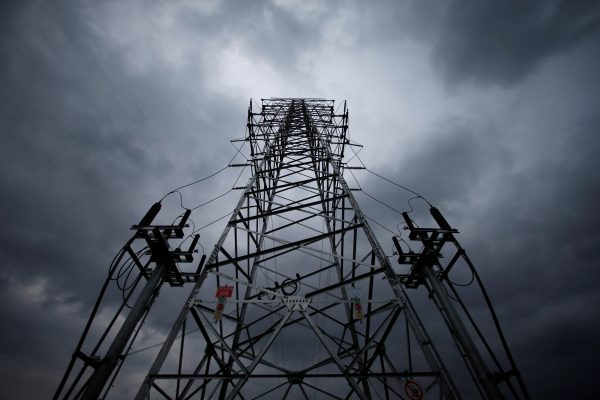But those set out for renewables were lower than expected and, on top of this, the FYP allows for creating an additional 200 Gigawatts (GW) of coal power capacity by 2020.
Given that China usually over-achieves with its renewables targets, it may be more useful to think of it as a baseline from which further progress can be made. Indeed, it is useful to compare how the NEA’s predictions equate with those of other government agencies. Such a comparison also reveals that the NEA is balancing a range of powerful competing interests.
The plan expects a range of 3.6–4.8 per cent growth in electricity demand between 2016 and 2020. This is higher than predicted by the China Electricity Council (CEC), a sectoral association that released its 2020 power sector forecast in 2016. The CEC suggested a more modest range for growth in power consumption of 3.3–4 per cent.
Recent years have seen a significant slowdown in the growth of electricity demand. From a high of 14 per cent during the 11th FYP period (2006–2010), 2015 saw growth of only 0.5–1 per cent. In 2016, demand growth was 5 per cent, but according to Greenpeace this was largely due to increased industrial output to supply a government stimulus to the property sector. As the government aims to cool the property market over coming months, this effect is likely to disappear.
This assumed demand explains why the NEA targets for additional coal and gas capacity are much higher than the CEC estimates. By contrast, the NEA targets for thermal power are about the same as the State Grid Corporation’s estimates for 2020. State Grid has a vested interested in promoting higher levels of electricity consumption, and its predictions tend to be high for both fossil fuels and renewables.
The additional 200 GW of coal power capacity allowed for in the FYP is on top of significant existing overcapacity in the power sector, particularly in coal power. The thermal power utilisation rate dropped to 47.5 per cent in 2016, down from 66 per cent a decade ago. While coal prices were low, coal power companies were still able to generate profits and had a spate of new projects approved in 2015.
But with a recent spike in the price of coal, many smaller companies are going to be hit hard by lower demand and increased competition. Taking the FYP’s forecast for power demand and additional installed capacity, if so-called ‘new energy’ sources (China groups nuclear and renewables together) maintain their current level of utilisation, thermal power use will drop even further to between 43–47 per cent.
The NEA have acknowledged the need to cut back on the 350GW of coal power capacity in the pipeline, and made a start with the cancellation of 120 GW of planned or under-construction capacity in January 2017. However, most analysts consider the plan’s target is still too high. Bloomberg New Energy Finance has suggested that only 150 GW extra capacity will be built. The NEA’s recent actions demonstrate a determination to rein in coal power, but over-capacity is likely to persist for some time yet.
While the FYP targets are high in relation to thermal power, they are low with regard to expectations for renewable energy. State Grid predicted targets of 240 GW for grid-connected wind capacity and 150 GW for solar, but the FYP targets only reached 210 GW and 110 GW respectively. After the draft plan was released in early 2017, other government agencies suggested inclusion of up to 250 GW of extra wind capacity.
The FYP’s renewable targets would require annual capacity additions of about 15 GW for wind and only 8 GW for solar. For wind, this would represent a slower build-out than during the last three years, while for solar it would represent less than a quarter of what was achieved during 2016. Such a slowdown seems highly unlikely.
Why is the plan so cautious? There is already pushback over the economic implications of coal power plant closures, both from local governments in coal regions and coal companies who are concerned about their profitability. There is also a conservative mindset in the energy sector, especially within state-owned enterprises (SOEs), which consider coal to be central to the energy sector for the foreseeable future. But this attitude underplays the tremendous advances that China is making in renewable energies and grid technology.
Former State Grid chairman Liu Zhenya made waves recently with his grand plan for a globally connected electricity grid, bringing renewables online and seamlessly coordinating supply and demand. The SOEs themselves are making great strides, with the coal company Shenhua investing in pilot solar thermal plants and world-leading wind power companies such as Goldwind continuing to innovate and drive down prices. The government is currently pushing forward much-awaited regulatory and pricing reforms in the power sector, and if these are dealt with effectively, renewable energy development should continue to progress rapidly.
Economic fears are not a reason for China to scale back ambition, but rather to more actively support regions which are undergoing transition.
Huw Slater is Research and Projects Manager at the China Carbon Forum. You can follow Huw on Twitter at @HuwSlater.

